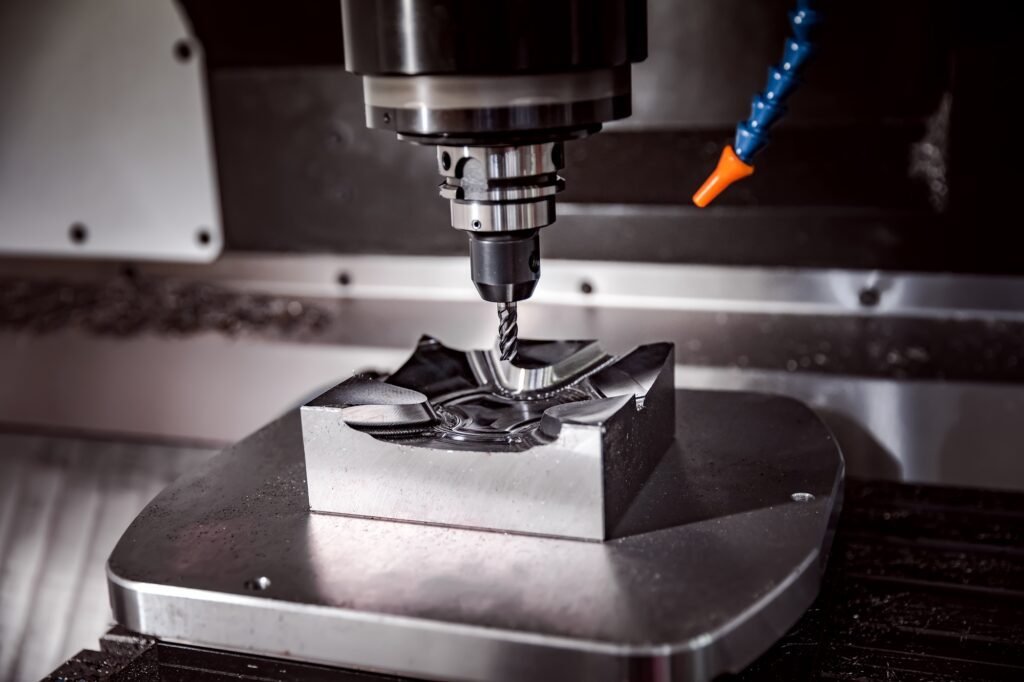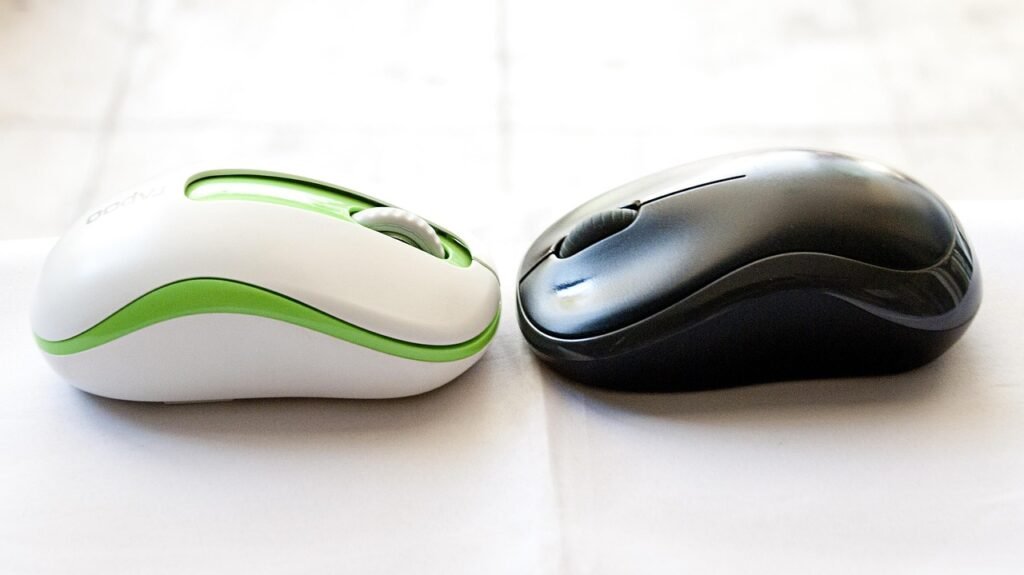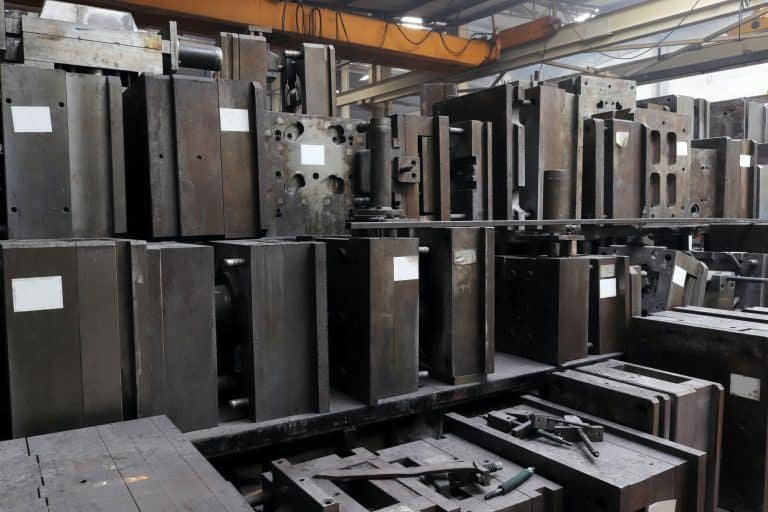Introduction
Managing quality control (QC) in overseas injection molding projects is a critical challenge for manufacturers seeking cost-saving opportunities without compromising product integrity. This is one of the many scenarios that can arise when 72% of global companies tend to outsource their plastic part production to countries like China, and the resulting need to manage this balance of the lowest possible price while achieving the highest level of product quality requires stringent processes like third-party factory audits, IoT-driven remote monitoring, and golden sample management.
For example, at BFY Mold, we partnered with a U.S. medical device brand to establish structured QC protocols, resulting in a 40% reduction in defect rates. Dive into this guide for actionable strategies to reduce risks, stay compliant, and ensure consistency across overseas injection molding projects.

1. Third-Party Factory Audits: The ISO Compliance Checklist
Third-party audits are the cornerstone of overseas molding QC, ensuring suppliers meet international standards like ISO 9001 and IATF 16949. Below is a step-by-step audit framework:
| Audit Stage | Key Activities | Tools/Documents |
| Pre-Audit | – Review supplier’s ISO certifications – Verify material traceability records | Supplier questionnaire, COA (Certificate of Analysis) |
| On-Site Inspection | – Inspect mold maintenance logs – Evaluate machinery calibration – Interview production staff | Checklist template, caliper gauges |
| Post-Audit | – Issue corrective action reports (CARs) – Validate improvements within 30 days | Non-conformance reports, CAPA plans |
Case Study: A German automotive client avoided $220k in recalls by disqualifying a Chinese supplier with falsified ISO 9001 records during BFY Mold’s audit.

Key Metrics:
- Defect Rate Reduction: 25–35% after implementing audit-driven improvements.
- Cost Savings: Audits cut hidden costs (rework, delays) by 18% on average.
2. Remote Production Monitoring: IoT Cameras & Real-Time Data
IoT-enabled systems provide 24/7 visibility into overseas molding operations. Here’s how to deploy them effectively:
| Component | Function | Cost-Saving Impact |
| HD Cameras | Live-stream mold trials, part ejection | Reduce travel costs by 60% |
| Sensor Networks | Track machine temperature, cycle times | Flag deviations, saving 8% energy |
| AI Analytics | Predict tool wear via vibration data | Cut unplanned downtime by 45% |
Implementation Steps:
- Select ISO 27001-Compliant Platforms: Ensure data security (e.g., Azure IoT Hub).
- Define Alert Thresholds: Receive SMS/email alerts for:
- Cycle time exceeding ±5% off standard
- Mold temperature fluctuations >10°C
- Integrate with ERP: Sync production data with SAP or Oracle for real-time QC.
Internal Link: Explore BFY Mold’s remote QC monitoring solutions.
3. Golden Sample Management: Ensuring Consistency Across Batches
Golden samples (master reference parts) are vital for maintaining quality in overseas injection molding projects. Follow these standards:
| Stage | Requirements | Tools |
| Creation | – Produce 3 samples per SKU under optimal conditions – Measure critical dimensions (CMM reports) | Coordinate Measuring Machine (CMM), GD&T templates |
| Storage | – Store in anti-static, humidity-controlled cabinets – Label with QR codes for traceability | ESD-safe containers, IoT environmental sensors |
| Usage | – Compare production batches to golden samples weekly – Recalibrate after 5,000 cycles or design changes | Digital comparators, 3D scanners |
Case Study: A French appliance brand reduced returns by 32% after BFY Mold implemented golden sample checks for dishwasher valve components.
4. Cost-Saving ROI: Data-Driven QC Strategies

Adopting structured QC processes can yield significant financial benefits:
| Strategy | Initial Cost | Annual Savings | ROI (Months) |
| Third-Party Audits | 8,000–15,000 | $45,000 | 3–4 |
| IoT Monitoring Systems | $12,000 | $68,000 | 6–8 |
| Golden Sample Management | $3,500 | $22,000 | 2–3 |
5. Common Pitfalls & Solutions
| Pitfall | Solution |
| Supplier Resistance to Audits | Offer shared audit cost (e.g., 50/50 split) |
| Data Overload from IoT Systems | Use AI dashboards (e.g., Tableau) to highlight KPIs |
| Golden Sample Degradation | Replace samples biannually; use 3D-printed replicas |
6. Future Trends in Overseas QC
- Blockchain Traceability: Immutable records for material batches and mold revisions.
- AR-Assisted Inspections: Remote engineers guide on-site staff via smart glasses.
- Predictive Compliance: AI models forecast regulatory changes (e.g., EU REACH).
Top 10 FAQs in Overseas Injection Molding Projects
1. What quality control standards are critical for overseas injection molding projects?
Key standards include ISO 9001 (quality management), IATF 16949 (automotive), and ISO 13485 (medical devices). To avoid compliance risks, ensure suppliers comply with region-specific certifications (e.g., FDA for the U.S., CE for Europe).
2. How do I verify the reliability of overseas injection molding suppliers?
- Conduct onsite audits to inspect facilities, machinery, and workflows.
- Request PPAP (Production Part Approval Process) documentation.
- Validate material traceability and defect rates (<0.5% for critical components).
3. What tools are used to monitor quality in overseas injection molding?
- Real-time IoT sensors track mold temperature (±1°C) and injection pressure.
- Statistical Process Control (SPC) software analyzes production data for deviations.
- Third-party inspections (e.g., SGS, TÜV) at 20%, 50%, and 100% production milestones.
4. How can I manage communication gaps with overseas suppliers?
- Assign bilingual project managers for daily updates.
- Use collaborative platforms (e.g., Microsoft Teams, Slack) with shared dashboards.
- Schedule weekly video calls to review QC reports and action plans.
5. What are common quality risks in overseas injection molding, and how can they be mitigated?
- Material degradation: Specify resin lot testing and moisture control (<0.02%).
- Tooling wear: Mandate preventive maintenance logs for molds.
- Shipping damage: ISTA-certified packaging is required for fragile parts.
6. How do I ensure consistent part tolerances (±0.05mm) with overseas suppliers?
- Demand CMM (Coordinate Measuring Machine) reports for the first articles.
- Implement Golden Sample agreements to benchmark quality.
- Use AI-powered defect detection systems for real-time corrections.
7. What cost-effective strategies balance quality and budget in overseas projects?
- Opt for multi-cavity molds to amortize tooling costs.
- Negotiate volume-based pricing for resins like ABS or PP.
- Partner with suppliers offering closed-loop recycling to reduce material waste by 15–20%.
8. How do cultural differences impact quality control in overseas injection molding?
- Training: Provide detailed work instructions with visual aids.
- Incentives: Tie payments to quality KPIs (e.g., ≤1% defect rate).
- Local regulations: Ensure suppliers understand RoHS, REACH, or CPSC requirements.
9. What post-production support should I expect from overseas suppliers?
- Root Cause Analysis (RCA) for defective batches.
- Warranty coverage for tooling (e.g., 12–24 months).
- Just-in-Time (JIT) delivery to minimize inventory costs.
10. How do I handle quality disputes with overseas injection molding suppliers?
- Define arbitration clauses in contracts (e.g., ICC International Court).
- Use escrow services to withhold payment until issues are resolved.
- Maintain a reserve supplier network for critical components.









